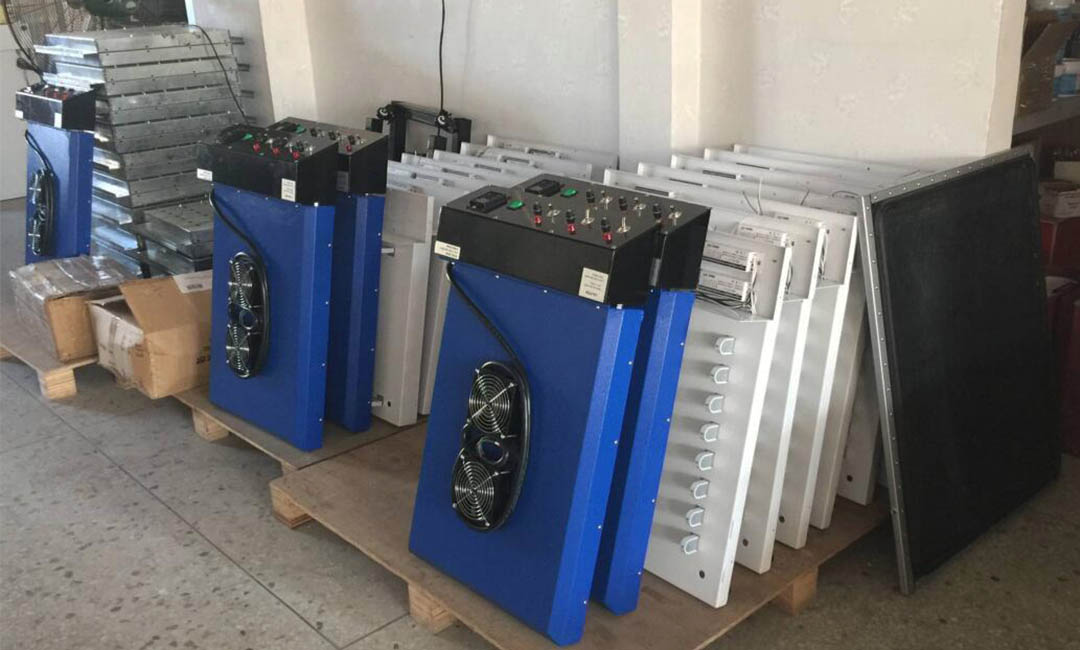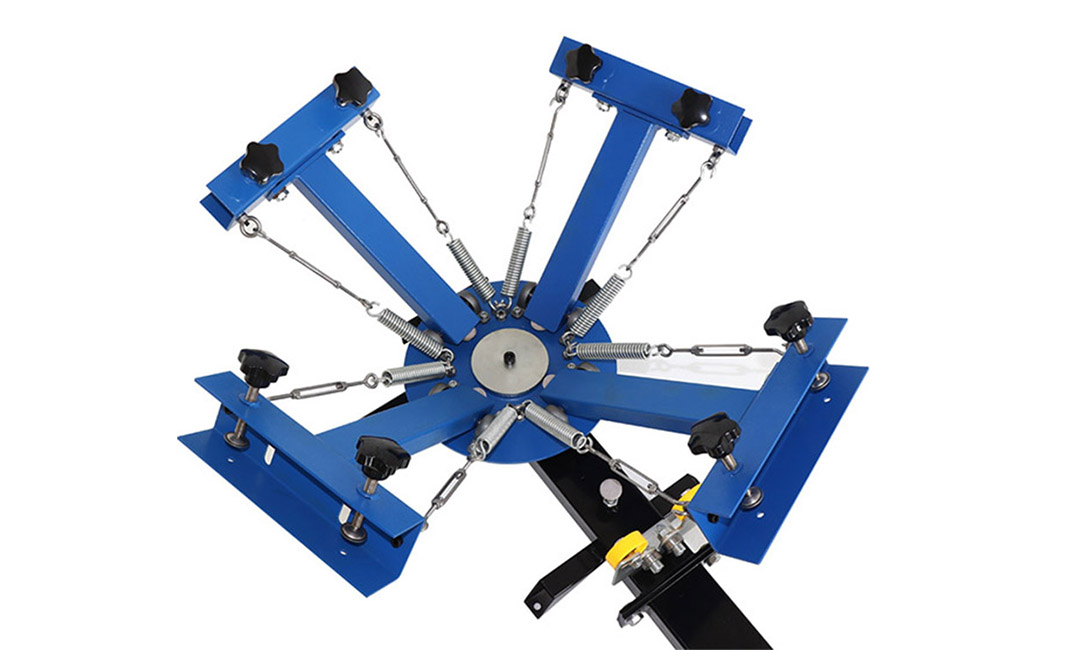How to Get Started with 1 Color 1 Station Screen Printing Press
Choosing the Right Equipment for Your Screen Printing Press Setup
Screen printing is a popular method of printing designs onto various surfaces, such as t-shirts, posters, and bags. If you are looking to get started with screen printing, one of the first things you will need is a screen printing press. A 1 color 1 station screen printing press is a great option for beginners, as it is simple to use and does not require a large investment. In this article, we will discuss how to get started with a 1 color 1 station screen printing press.
When choosing a screen printing press, there are a few factors to consider. First, you will need to decide how many colors you want to print. A 1 color press is ideal for beginners, as it is easy to set up and use. Next, you will need to consider how many stations you need. A 1 station press is suitable for small-scale printing projects, such as printing t-shirts for a local event or creating custom designs for friends and family.
Once you have chosen a 1 color 1 station screen printing press, you will need to gather the necessary supplies. You will need screens, squeegees, ink, and a printing surface, such as a t-shirt or poster. Screens are used to transfer the design onto the printing surface, while squeegees are used to push the ink through the screen. Ink is available in a variety of colors and types, so be sure to choose the right ink for your project.
To set up your 1 color 1 station screen printing press, start by attaching the screen to the press. Next, apply the ink to the screen using a squeegee. Place the printing surface on the press, then lower the screen onto the surface. Use the squeegee to push the ink through the screen and onto the surface. Lift the screen to reveal the printed design.
Practice makes perfect when it comes to screen printing, so don’t be discouraged if your first few prints are not perfect. Experiment with different techniques and materials to find what works best for you. As you gain experience, you can start to experiment with more colors and stations to create more complex designs.
In conclusion, a 1 color 1 station screen printing press is a great option for beginners looking to get started with screen printing. By choosing the right equipment and gathering the necessary supplies, you can create custom designs on a variety of surfaces. With practice and experimentation, you can hone your skills and create professional-quality prints. So, roll up your sleeves, gather your supplies, and get started with your 1 color 1 station screen printing press today. Happy printing!
Step-by-Step Guide to Setting Up Your 1 Color 1 Station Screen Printing Press
Screen printing is a popular method of printing designs onto various surfaces, such as t-shirts, posters, and bags. If you’re looking to get started with screen printing, a 1 color 1 station screen printing press is a great option for beginners. This type of press is simple to use and perfect for small-scale projects. In this article, we will provide you with a step-by-step guide on how to set up your 1 color 1 station screen printing press.
The first step in setting up your screen printing press is to assemble all the necessary equipment. You will need a 1 color 1 station screen printing press, a screen with your design, ink, a squeegee, and the material you will be printing on. Make sure you have a clean and well-ventilated workspace to work in.
Once you have gathered all your equipment, the next step is to set up your screen on the press. Place the screen on the press bed and secure it in place using the clamps. Make sure the screen is taut and level to ensure a clean print. Next, apply a thin layer of ink to the screen using a squeegee. Make sure the ink is evenly distributed across the design.
After applying the ink, lower the screen onto the material you will be printing on. Use the squeegee to pull the ink across the screen, transferring the design onto the material. Apply even pressure and make sure to cover the entire design. Lift the screen carefully to reveal your printed design.
Once you have completed your print, carefully clean the screen and squeegee to prevent the ink from drying and clogging the screen. You can use a screen cleaner or a mild detergent to clean the screen thoroughly. Make sure to dry the screen completely before using it again.
Repeat the process for each print you want to make, making sure to clean the screen and squeegee between prints. Experiment with different colors and materials to create unique designs. With practice, you will become more comfortable with the process and be able to produce high-quality prints.

In conclusion, setting up a 1 color 1 station screen printing press is a simple and rewarding process. By following the steps outlined in this article, you can start creating your own custom prints in no time. Remember to practice and experiment with different techniques to improve your skills. Screen printing is a versatile and fun way to express your creativity, so don’t be afraid to try new things. Good luck and happy printing!
Tips and Techniques for Achieving High-Quality Prints with Your Screen Printing Press
Screen printing is a popular method of printing designs onto various surfaces, such as t-shirts, posters, and bags. One of the most common types of screen printing presses is the 1 color 1 station press, which is perfect for beginners or those looking to start a small printing business. If you’re new to screen printing or just purchased a 1 color 1 station press, here are some tips and techniques to help you get started and achieve high-quality prints.
First and foremost, it’s important to familiarize yourself with your screen printing press. Make sure you understand how to set it up, adjust the settings, and troubleshoot any issues that may arise. Read the instruction manual carefully and watch tutorial videos online to get a better understanding of how the press works.
Next, gather all the necessary materials for screen printing, including screens, squeegees, inks, and substrates. Make sure you have the right mesh count for your screens, as this will affect the quality of your prints. Experiment with different mesh counts to see which one works best for your designs.

Before you start printing, prepare your screens by coating them with emulsion and exposing them to light to create your stencil. Make sure your screens are properly aligned on the press and secure them in place before printing. Test print your design on a scrap piece of fabric or paper to make sure everything is lined up correctly.
When it comes to inks, choose high-quality inks that are suitable for the type of material you’re printing on. Water-based inks are great for printing on fabric, while solvent-based inks are better for printing on paper or cardboard. Experiment with different inks to see which ones work best for your designs.
When printing, make sure to apply even pressure with the squeegee to ensure that the ink is evenly distributed on the substrate. Use a smooth, consistent motion to avoid smudging or streaking. Lift the screen carefully to reveal your print and let it dry completely before handling or washing.
To achieve high-quality prints, pay attention to details such as registration and color accuracy. Use registration marks on your screens to ensure that your designs line up perfectly each time you print. Keep track of your ink colors and mix them accurately to achieve the desired shades.
After printing, clean your screens and squeegees thoroughly to prevent ink buildup and clogging. Store your screens in a cool, dry place to prolong their lifespan. Proper maintenance of your screen printing press and equipment will ensure that they last for years to come.
In conclusion, getting started with a 1 color 1 station screen printing press may seem daunting at first, but with practice and patience, you can achieve high-quality prints. Experiment with different techniques and materials to find what works best for you. Don’t be afraid to make mistakes and learn from them. With dedication and perseverance, you can become a skilled screen printer and create beautiful designs that will impress your customers.
Pre: Why Choose Riley Hopkins 150 4 Color 1 Station for Your Business?
Next: How to Maintain Your 4 Color 1 Station Silk Screen Printing Equipment
Tags: